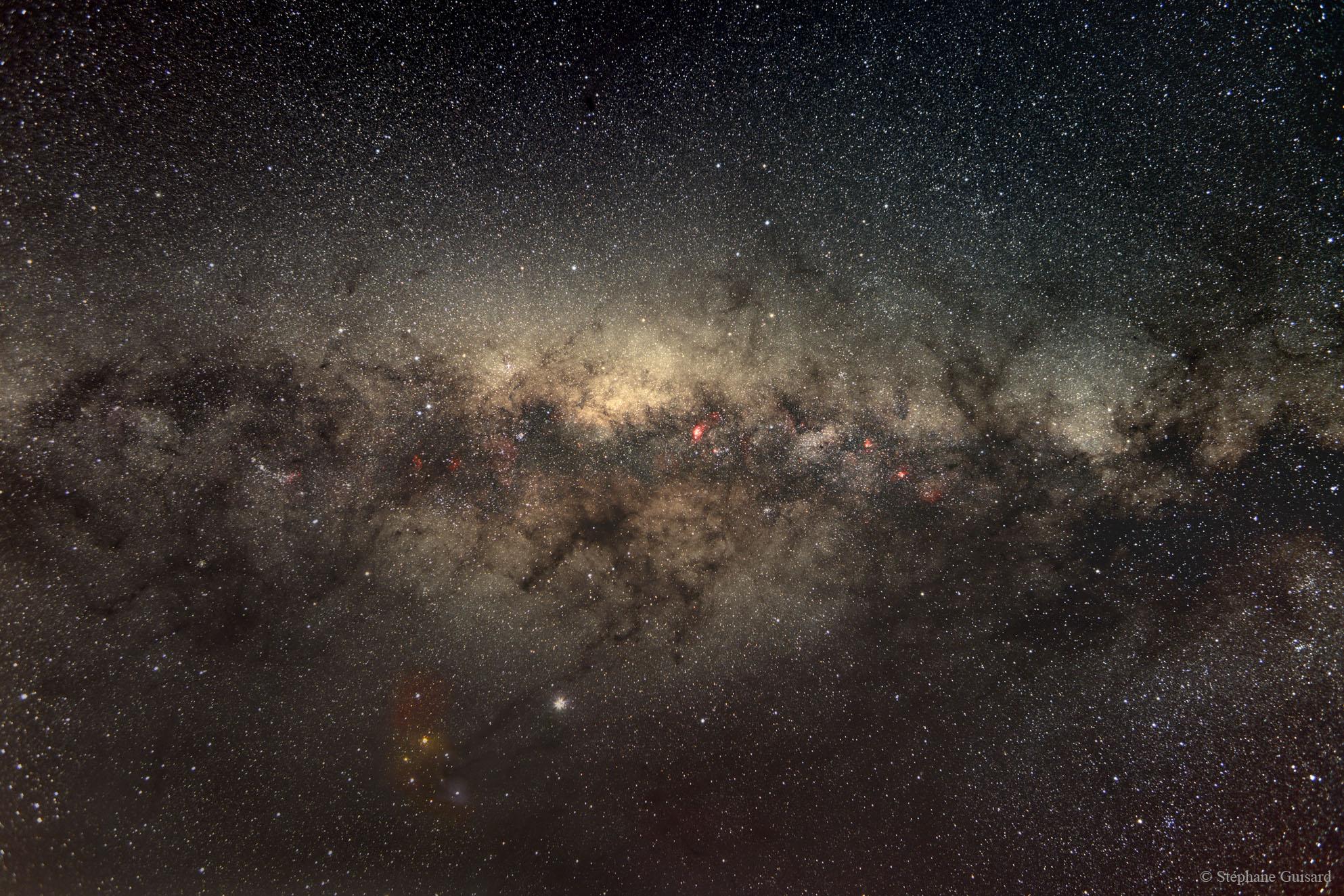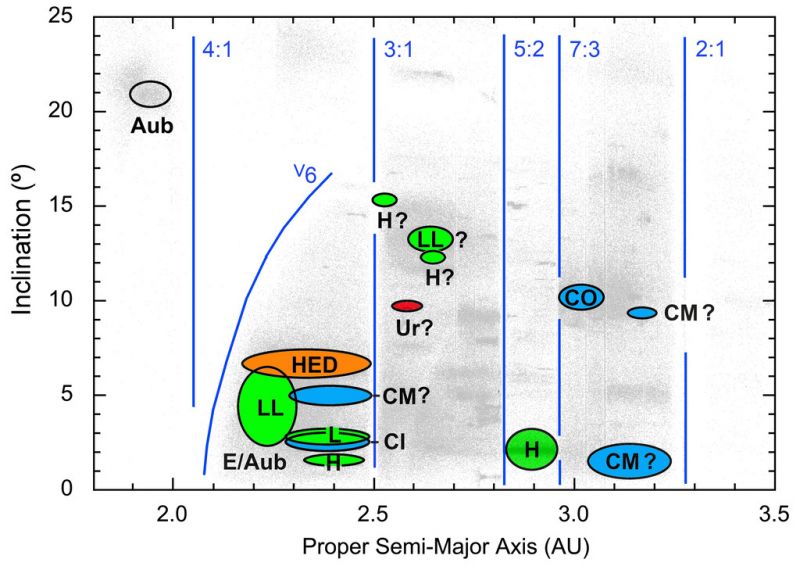A new program has begun to search the center of our galaxy over a wide range of radio frequencies, using the Allen Telescope Array, to search for signals from intelligent life beyond Earth.

The region near the center of our galaxy contains the highest concentration of stars in the sky, yet has only been searched for ETI signals at a few “magic” frequencies. We will search a large area near the galactic center over the entire “waterhole” frequency range, from 1420 to 1720 MHz. This frequency range is defined by the spectral lines for the dissociation products of water, the sine qua non for life as we know it. This band also includes the minimum background noise due to synchrotron emission from the galaxy and the cosmic microwave background radiation. It is the “cosmic quiet zone” where we can best listen for a faint whisper across the interstellar expanse.
We will search for narrowband signals from ET in a 2 degree by 10 degree area including, but not centered on, the center of our galaxy. (For scale: the Moon is half a degree in diameter, so it would take “80 Moons” to cover the survey area.) This region near the galactic center contains perhaps 40 billion stars within a distance of about 25,000 light years of the Earth.
The survey area will be covered by pointing the array at 80 positions and steering the phased array beams within the central one half degree square portion of the FOV. Figure 1 shows the FOV (at 1420 MHz) and two beams, observing two different positions at the same frequency at the same time to help exclude radio interference. The white squares show the half degree squares enclosing about half of the pointing positions in the survey. The background image is a radio picture taken at 300 MHz using the Very Large Array. It demonstrates the potential for commensal radio astronomy imaging at other frequencies with the ATA. A more familiar view of the Milky Way is shown in Figure 2.







